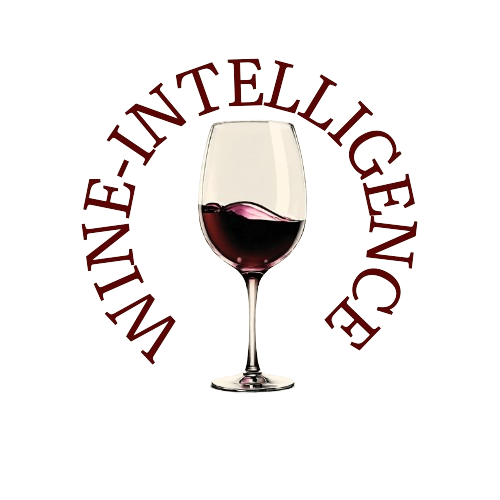The bulk wine market has been experiencing significant shifts, with suppliers becoming increasingly aware of the slow pace and the costly implications of storing inventory through the latter half of the year and potentially beyond.
This awareness has led to a notable alignment of offer pricing with buyer expectations, creating attractive opportunities for bulk wine buyers.
Market Dynamics and Pricing Adjustments
The sluggish movement in the bulk wine market has pressured suppliers to adjust their pricing strategies. As storage costs loom large, suppliers are keen to move inventory more quickly, leading to better-aligned pricing with buyer expectations. This environment presents some highly attractive bulk wine opportunities that should not be overlooked. Buyers are encouraged to contact suppliers directly for the latest updates and offers.
Recent Market Activity and Trends
May saw a slight increase in market activity compared to March and April, with a rise in both buyer inquiries and transactions. This uptick, primarily for small volumes on a just-in-time basis, suggests that distributor inventories are beginning to balance out. As we approach the grape harvest, there is hope for increased market activity over the next two months. However, suppliers should remain cautious, understanding that this activity is relative to the prior sluggish period. Negotiation leeway remains limited as buyers, seeking to minimize storage costs, prefer straightforward transactions without extensive back-and-forth.
Focus on 2022 Red Wines and Specific Varietals
There has been notable activity on 2022 red wines for both bottling and blending purposes, as buyers aim to complete their 2022 programs or capitalize on opportunities for private or control labels. The arrival of the 2023 reds, available in plentiful quantities, has softened prices on 2022 reds, aligning them more closely with 2023 vintage pricing and matching buyer expectations better.
Chardonnay has seen some activity, though typically in smaller volumes. In terms of regional preferences, buyers are looking for Coastal wines at California appellation pricing. While specific cache items like Napa Valley Cabernet have seen softened pricing, there remains interest, especially in 2022 Napa Cabernet. Coastal Pinot Noir inquiries are prevalent, although buyers are often seeking California pricing for wines outside Sonoma and Russian River.
Central Coast and Interior Market Dynamics
The Central Coast market, including regions like Paso Robles and Monterey, is experiencing pricing closer to California appellation levels, impacting Interior prices. Interior bulk wine interest has been highly price-sensitive, focusing on the USD 1-4/gallon range, with demand primarily for generic wines or varietals sold at generic prices. Darker red blenders like Petite Sirah and Petit Verdot are in demand, bolstered by trends highlighted in mainstream media, such as The New York Times' article on "inky" wines gaining popularity.
Generic white wines have also seen interest, particularly from buyers who usually source internationally but are now exploring California options due to higher prices and reduced supply in other regions like Europe and South Africa. Varietal interest, though limited, has been led by Sauvignon Blanc and Pinot Grigio.
Contract Challenges and Supplier-Buyer Relationships
Some buyers have secured supply for the 2024 vintage through bulk wine contracts, mostly within pre-existing relationships. However, there is a growing trend of buyers struggling to meet their prior commitments, both in terms of volume and timely payments. This challenge extends to suppliers of goods and services to the wine industry, with some wine industry participants unable to pay on time or seeking to exit previously agreed deals. This situation is likely to persist if retailer destocking continues, US wine sales remain negative, interest rates stay elevated, and lenders remain cautious about extending credit.
Future Outlook and Optimism
Despite current challenges, there is a cautious optimism for the near-term future of the wine industry. BMO's inaugural Wine Market Report from May suggests that the retailer destocking since 2022, a response to pandemic-triggered inventory accumulation, should not be mistaken for changes in consumer perception. The report indicates that consumer spending on beverage alcohol has remained steady, with wine's dollar sales holding up relatively well versus volume. Once the destocking phase concludes, total wine volumes are expected to return to pre-pandemic levels, alleviating the current oversupply issue.
This return to stability should boost confidence in sales projections and purchasing activities in the bulk wine and grape markets. However, it is anticipated that purchasing increases will not lead to higher prices until grape and wine inventories contract. In the long term, there is an optimistic view regarding generational trends, with younger cohorts now making up a significant portion of wine drinkers. This shift is expected to sustain wine consumption trends positively.
Source: Ciatti

